I got an old washing machine motor (universal) laying around that I'd like to speed control. I'm new to almost all the components mentioned above, but here is what I currently use:
- Microcontroller: Arduino Nano
- Optoisolator: MOC3041
- TRIAC: 2N6071AB (Replace? Thinking of BTA24-600B)
- Universal Motor: UOZ 112 G 55
After a long search I came across this circuit:
First off, I tried to hook the TRIAC (2N6073AB) to 240 VAC. It scattered into two pieces after about 5 sec. It says it's meant for 400 VAC, so I'm a bit confused. I didn't have a heat sink attached though, but still. Can someone explain this behaviour?
This is how I connected the TRAIC for testing purposes:

simulate this circuit – Schematic created using CircuitLab
For the circuit above, I bought 1/4 watt resistors. I cannot understand how they can handle 240 VAC, seems really strange to me. Maybe they can't. Like the capacitor in series with the 39 ohm resistor. How is that even possible?
What role does the 330 ohm resistor play, why is this one needed? It also says "for highly inductive loads, change this value to 360 ohms." What value? Is it the 39 ohm resistor? Why change it, is it because of the high start current for motors?
For the 0.01 microfarad capacitor, where does this value come from? From what I've softly read, the snubber circuit is to prevent the phase shift between voltage and current caused by the motor, right? Will these capacitors do: blue ceramic disc capacitors 1KV 1000V 103PF 0.01uF?
I've been reading some PDFs about thyristors (including TRIACs,) and it said:
"The output of most microcomputer input/output (I/O) ports is a TTL signal capable of driving several TTL gates. This is insufficient to drive a zero-crossing TRIAC driver."
I guess that's not the case with Arduino Nano since it uses a PWM signal. Do I still need the NAND-gate? If someone would like to explain why the zero-crossing TRIAC driver doesn't accept certain signals, I would be grateful.

